The implants process is a transformative dental procedure that can significantly enhance one’s oral health and overall well-being. Whether you’re dealing with missing teeth due to injury, decay, or other circumstances, dental implants provide a reliable solution to restore functionality and aesthetics. By understanding the implants process, you can make informed decisions about your dental care.
What Are Dental Implants?
Dental implants are synthetic tooth roots typically made from titanium. They are surgically placed in the jawbone, allowing for a stable foundation for replacement teeth. The primary purpose of dental implants is to restore the function and appearance of natural teeth.
Definition and Purpose
Dental implants serve as an innovative alternative to traditional tooth replacements like bridges and dentures. Their design enables them to integrate within the jawbone seamlessly, providing a robust anchor for artificial teeth. Unlike dentures, which can slip and cause discomfort, dental implants are stationary, making them a preferred option for many.
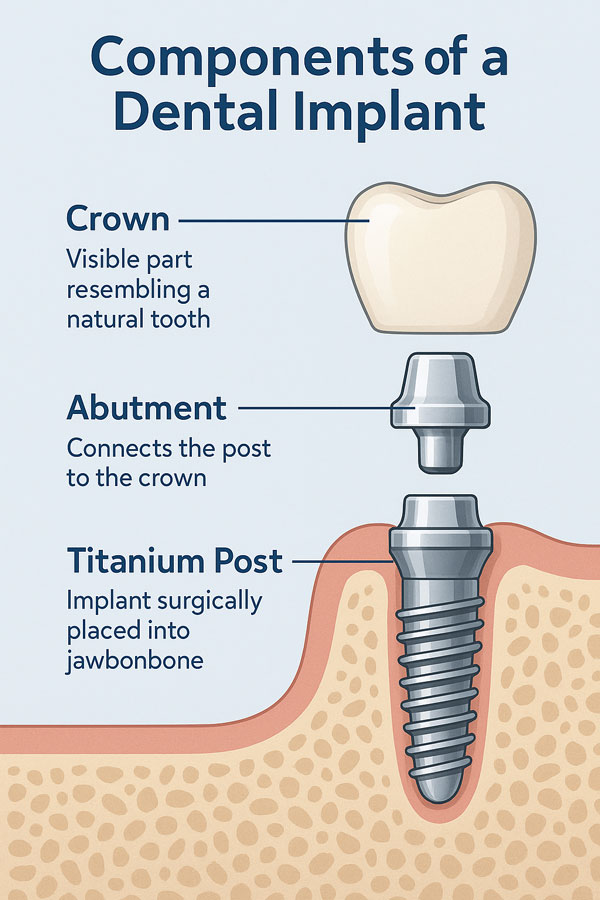
Difference Between Tooth Implant and Other Options
When comparing dental implants to bridges or dentures, the advantages become clear.
- Bridges require the alteration of surrounding teeth for support, potentially compromising their health.
- Dentures might require periodic adjustments and can sometimes cause gum irritation or speech difficulties.
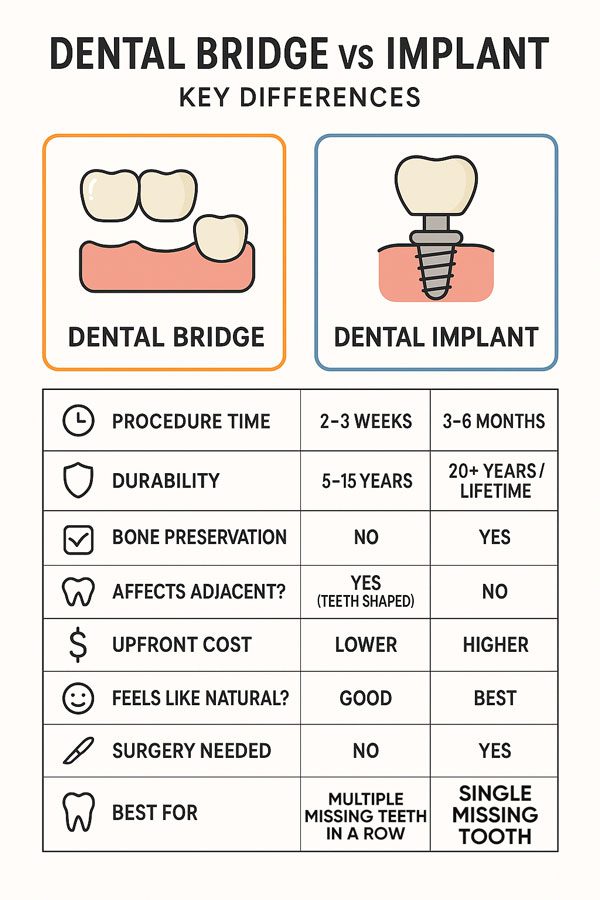
Dental implants, on the other hand, don’t require alteration of adjacent healthy teeth. Additionally, they can help prevent bone loss, a common concern associated with missing teeth.
When Dental Implants Are Recommended
Dental implants are recommended for individuals who have lost one or more teeth. They are particularly beneficial for those looking for a permanent solution rather than a removable option. Factors influencing the recommendation include:
- The overall health of the patient
- Bone density and structure
- The presence of periodontal diseases
For individuals interested in full-arch solutions, options like All-on-4 and All-on-6 implants, offered by Saigon Implant Dental Center and Saigon Implant, are popular choices.
Types of Dental Implants
There are several types of dental implants designed to cater to individual needs.
Single Tooth Implant
Single tooth implants are ideal for those with one missing tooth. This involves placing a single implant into the jawbone, followed by a crown that mimics the appearance of a natural tooth.

Advantages include:
- Preserving adjacent teeth
- Improving chewing efficiency
- Restoring the natural smile
Disadvantages can involve higher costs and a more extended treatment process for a single tooth.
Full Mouth Dental Implants
For those who have lost multiple teeth, full mouth dental implants, such as in the All-on-4 or All-on-6 treatments, provide a comprehensive solution for both upper and lower arches.
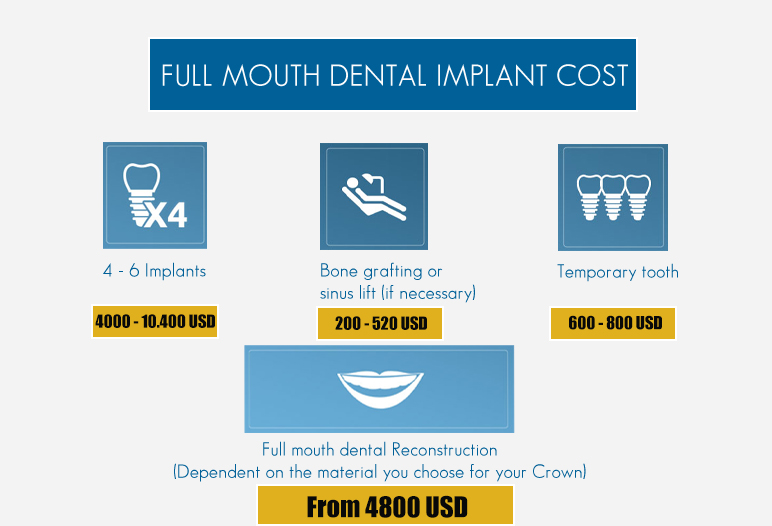
Benefits include:
- Reduced need for bone grafting.
- Immediate loading options, which can allow for the placement of temporary teeth on the same day.
Challenges can include surgical complexity and the requirement for a solid bone structure.
Implant-Supported Dentures (Implant Dentures)
Implant-supported dentures use multiple implants to anchor a full or partial set of dentures. This hybrid solution has grown popular due to its combination of stability and aesthetic appeal.
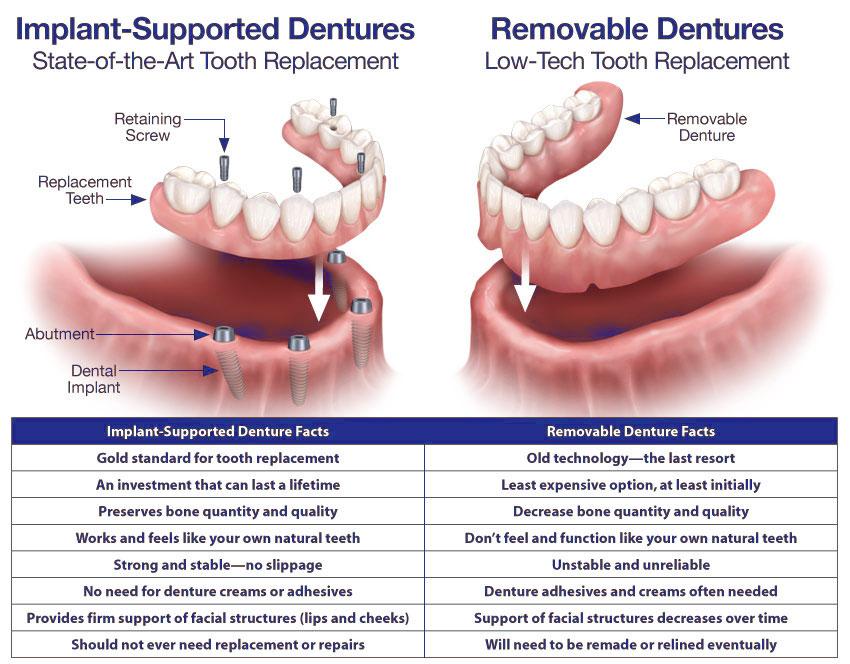
Pros include:
- Enhanced comfort with reduced slipping.
- Greater confidence in daily activities like eating and speaking.
However, the cons might involve:
- Higher initial costs due to the advanced nature of the procedure.
Ultimately, the choice between these types of implants will depend on individual needs and circumstances.
The Complete Implants Process
The implants process consists of several steps that involve careful planning, surgical procedures, and follow-up care. Understanding this process can lead to better expectations and preparation.
Initial Consultation and Planning
The first step in the tooth implant process involves an initial consultation with a dental professional. This is essential for determining whether dental implants are the right option.
Dental Exam, X-rays, and 3D Imaging
During the consultation, the dentist will conduct a thorough dental exam. Advanced imaging techniques, such as X-rays and 3D scans, ascertain bone density, structure, and overall health.
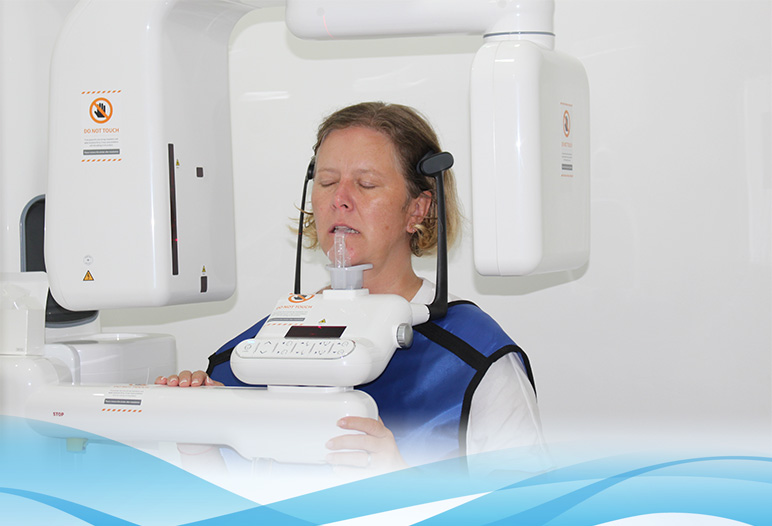
These technologies assist the dentist in visualizing the jaw structure, identifying any pre-existing issues, and planning the precise placement of the implant.
Personalized Treatment Plan
Post evaluation, a personalized treatment plan will be devised. This plan considers the individual’s needs, goals, and potential challenges. It may include additional procedures, such as bone grafting, if the bone structure is insufficient to support the implants.
Tooth Extraction (if needed)
If the existing teeth are a barrier, extraction may be necessary.
When and Why It’s Required
Tooth extractions are often required in cases of severe decay, damage, or infection. Removing a compromised tooth is vital before implant placement, as it allows for healthier tissue to regrow and support the new implant.
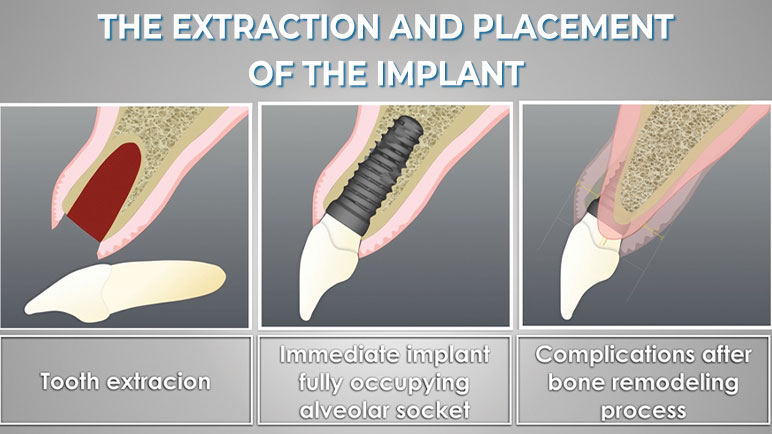
Healing Period
After extraction, a healing period is necessary. This usually takes a few weeks, during which the dentist may evaluate the jaw’s healing progress and readiness for the implant.
Bone Grafting (if needed)
In situations where insufficient bone exists to support an implant, a bone graft may be recommended.
Explanation of Why It’s Done
Bone grafting involves adding bone material to the jaw to encourage new bone growth. This process enhances implant stability and long-term success.
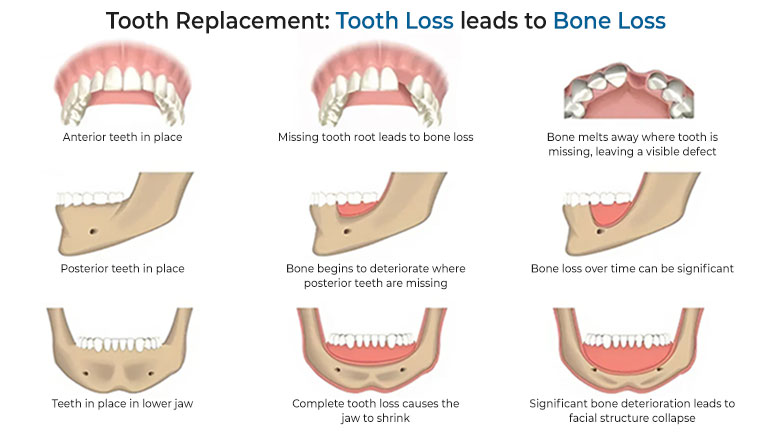
How It Supports Long-Term Implant Success
By fostering a stronger bone foundation, grafting helps ensure the implant can withstand the normal stresses of chewing and biting. This step significantly supports the longevity of the implant and patients’ satisfaction.
Implant Placement Surgery
The actual surgery is a pivotal stage in the entire implants process.
Step-by-Step Breakdown
During this procedure, a small incision will be made in the gums to expose the jawbone. The dentist will then carefully insert the implant into the bone.
Once in place, the gums are stitched back, and the healing process begins, which often takes several months.

Healing and Osseointegration (3–6 months)
After surgery, osseointegration occurs, where the bone heals and grows around the implant, securing it firmly in place. This healing period is crucial; it ensures the implant’s stability and readiness for prosthetic placement.
Abutment Placement
After the healing period, an abutment is placed on top of the implant.
Minor Procedure to Attach Connector Post
The abutment serves as a connector for the crown or denture. This procedure is relatively minor and usually performed under local anesthesia.
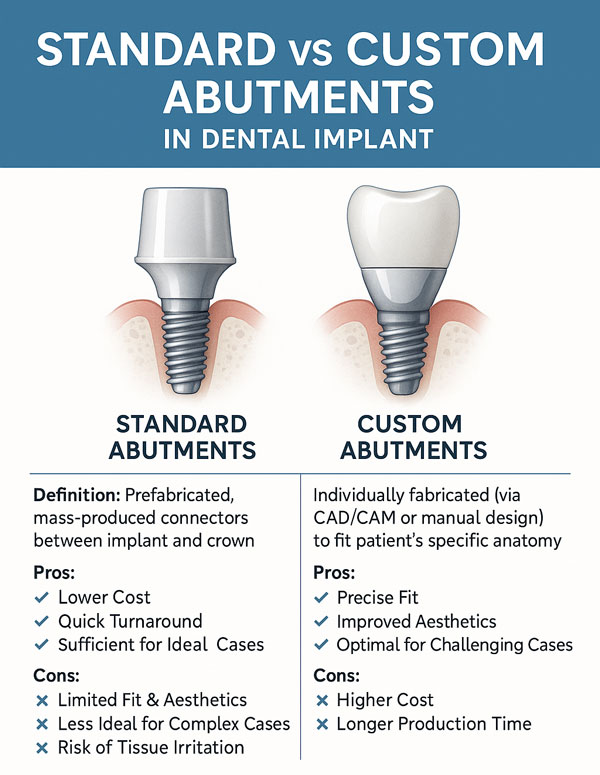
Healing Time
Once the abutment is placed, another healing period is required—typically a couple of weeks. During this time, the gums will heal around the abutment, preparing for the final restoration.
Crown or Denture Placement
The final step involves placing the custom-fabricated crown or denture.
Custom Fabrication
The crown or denture is designed to match the color and shape of existing teeth, ensuring a natural appearance. Advanced dental technology plays a role in dental impression, ensuring a comfortable fit.
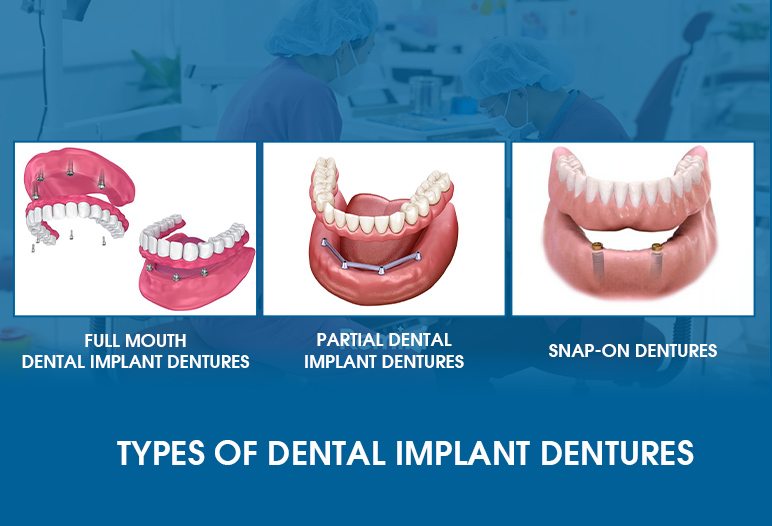
Final Fitting and Adjustments
Upon placement, the dentist will make necessary adjustments to guarantee comfort and functionality. You will leave the office with a fully restored smile, ready to take on the world.
Cost and Timeframe
The costs associated with the implants process can vary widely based on numerous factors, making it vital to understand the financial aspects.
General Price Range for Dental Implants
Price ranges for dental implants can be influenced by geographic location, material used, and complexity of the case. It’s essential to consult with a dental provider to understand the precise costs that may apply to your individual situation.
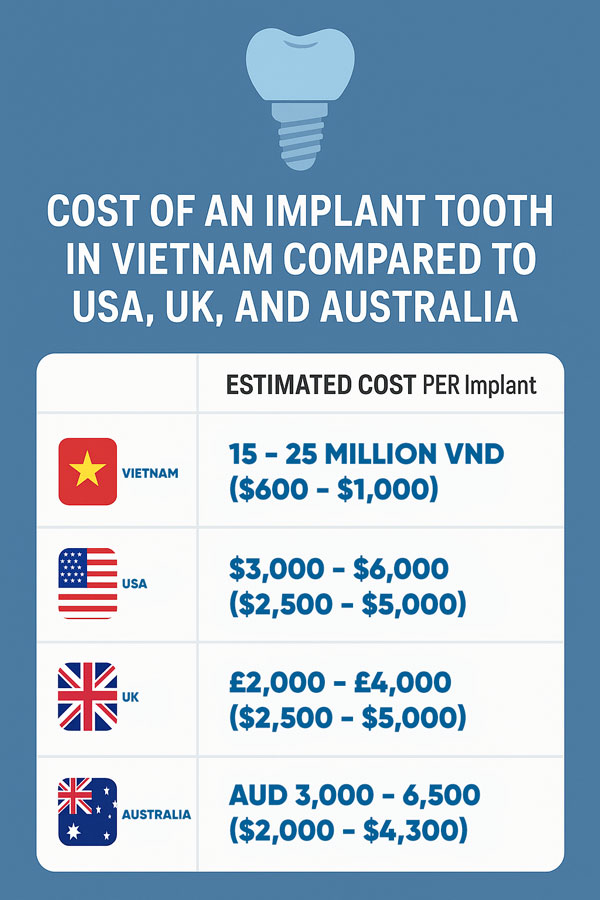
Factors Affecting Total Cost
Several components can affect the total cost, including:
- Number of implants required
- The materials used for the crown or denture
- Any necessary preparatory procedures (like bone grafting)
A thorough understanding of these factors helps patients plan and budget accordingly.
Time Needed for Each Phase
The entire tooth implant process can take several months from initial consultation to final restoration. Depending on individual healing rates, various stages may extend, so discussing expectations with your dental provider can ease any concerns.
Is the Implants Process Right for You?
Determining if the implants process is suitable requires careful consideration of personal factors.
Ideal Candidates
Candidates for dental implants typically are those in good overall health, without chronic conditions that may hinder healing. Patients should have adequate bone density or be prepared for grafting if necessary.

Who Should Avoid Dental Implants
Conversely, certain individuals may not be suitable candidates. Those with uncontrolled diabetes, poor oral health, or heavy smokers may face increased risks.
Open discussions with a dental specialist help to evaluate the best course of action for each individual.
Conclusion
Understanding the implants process is essential for making informed decisions about your dental health. From initial consultation to final restoration, knowing what to expect can enhance your experience. For those considering dental implants, it’s crucial to consult a dental specialist to discuss your individual needs and explore the best options available. Don’t hesitate to reach out to Saigon Implant for further information and to schedule a consultation to explore how dental implants can transform your smile.

 Google Reviews
Google Reviews Call
Call
SAIGON IMPLANT CENTER
Best dentist in Vietnam
Saigon Implant Center - Dental Clinic utilizes the latest technology for specialized treatment in the field of Single implant, full jaw implants, All on 4 implants, All on 6 implants, Zygoma implant....
SAIGON IMPLANT CENTER
Best dentist in Vietnam
Saigon Implant Center - Dental Clinic utilizes the latest technology for specialized treatment in the field of Single implant, full jaw implants, All on 4 implants, All on 6 implants, Zygoma implant....